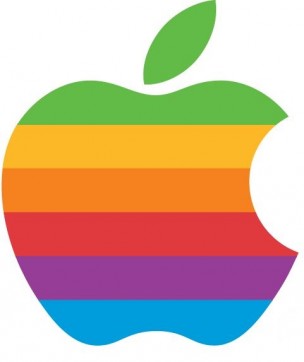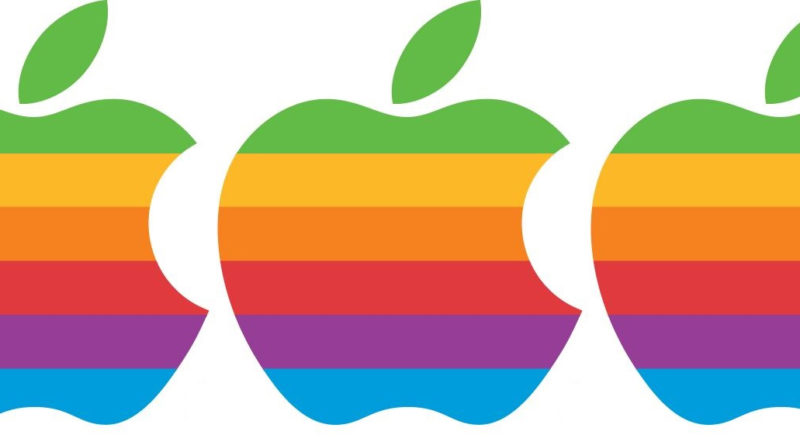Five Apple products you have probably never heard of
 Love it or hate it, Apple is a technology giant that has pushed the industry forward. Not only has the company reshaped the way manufacturers approach product design, but it has redefined the very essence of how our culture interacts with everyday computing.
Love it or hate it, Apple is a technology giant that has pushed the industry forward. Not only has the company reshaped the way manufacturers approach product design, but it has redefined the very essence of how our culture interacts with everyday computing.
While almost everyone is familiar with Apple’s Macintosh lineup and its iOS device range of products, there are many older generation products from the 1990s that are slipping into the back of our memories. Let’s take a moment to cherish and remember some of these products – some were expensive for the time, some were ahead of their time, and some were just plain rubbish.
Apple Bandai Pippin Game Console
A device that marked Apple’s first venture into the living room, the Bandai Pippin, attempted to bring the Macintosh experience to the comfort of your couch. In 1995 the company brought the Mac OS based platform to the market, with the help of Bandai, and advertised it as “an integral part of the consumer AV stereo and TV environment.” Simply shell out $599 to a local retailer and you’ll be able to kick back, play games, and browse the web. You controlled the device via a boomerang shaped controller, the “AppleJack”, that housed four main color buttons, a joypad, and a trackball. Needless to say the device failed; it was heavily overpriced compared to other consoles of the time and entered the market attempting to compete with the Nintendo’s N64 and Sony’s PlayStation. In total, only 42,000 units were produced and only 18 game titles were released in the USA. The Apple Bandai Pippin retired in 1997 with more keyboard and modem accessories produced than the actual unit itself.
Apple PowerCD Multimedia Player
The Apple PowerCD was another attempt for the company to jump into consumer electronics market outside of their computing space. The unit itself was designed by Phillips Electronics and was advertised as a stand alone product from Apple Macintosh machines, although it could be used as the CD-ROM drive if desired. The unit itself could read photo, video, and data CDs; it connected to a standard home stereo system and television. Despite being able to do so much more than a standard player and the unit’s ability to run on battery life (to be used with mobile PowerBook machines of the time), the unit never gained traction. The Apple PowerCD was born in 1992 and died the same year.
Apple’s 20th Anniversary Macintosh Computer
This limited edition Macintosh computer was released to celebrate the company’s 20th birthday. It launched in the spring of 1997 for $7,500. Yes, that is right, seven thousand five hundred dollars – for only the price of a kidney, this beauty could be yours. The machine packed a PowerPC 603e processor at 250Mhz, up to 128MB of RAM, an integrated 12.1-inch active matrix display, a 2GB HDD and came loaded with Mac OS 7.6. Apple also worked closely with Bose to integrate two “Jewel” speakers into the system and a sub-woofer into the system’s external power supply. Despite the special birthday celebration and the included leather palm rest equipped keyboard, the unit failed miserably and dropped to $1,999 at the time of its discontinuation a year later. This was one product even Apple fanatics lifted their brow to, when anyone could pick up a similar spec-ed Power Macintosh 6500 at less than half the price of the 20th Anniversary machine.
Apple Newton Message Pad PDA
Even to this day, I find myself in love with the Apple Newton Message Pad. The unit, which was originally released in 1993, served as the company’s entry into personal digital assistants. The device itself was developed by Sharp Corporation, but the software was developed completely by Apple. What would be considered the size of a brick in today’s technology ecosphere was a revolution when it was released. The Message Pad ran Newton OS, an advanced operating system capable of handwriting recognition the world had never seen before and came loaded with a suite of office programs and communication utilities. While Palm remained the giant in the PDA market continuing into the 21st century, the Apple Newton Message Pad was a beautiful device that Apple should have never killed; it continued for 14 iterations until Steve Jobs returned to the company as CEO.
Apple QuickTake Camera
Today, digital cameras are a norm and film is a rarity when spotted. In 1994, Apple launched one of the world’s first digital camera lines targeted at consumers – the Apple QuickTake. The company partnered with Kodak and Fujifilm to develop the high tech products. There were three models released including the 100, 150, and 200; all three cameras took pictures at a 640 x 480 resolution and cost between $600 and $750. The products performed well compared to other cameras at the time and sold decently well, until Steve Jobs decided to also ax this project on his return to Apple in 1997. Today the Apple QuickTake camera stands as a collector’s item for Apple fanatics.
[Mac Geek | Mac.com | The UK Register | Apple-History | Wired | Pen Computing | PC Mag]

